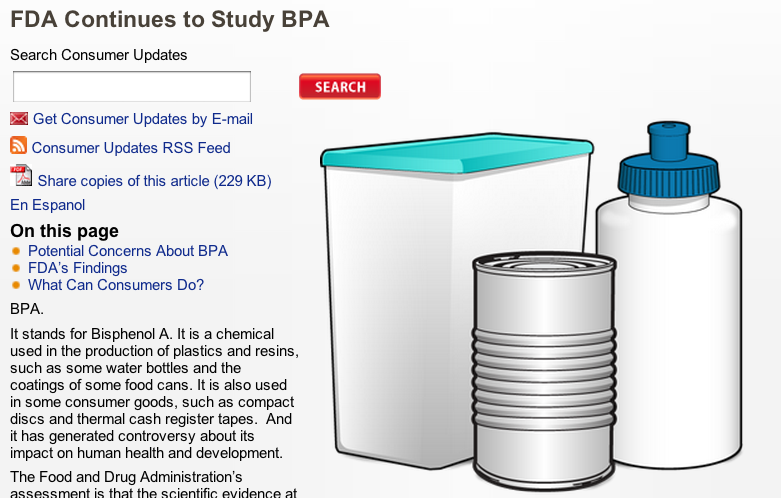
California’s Prop 65 monster must be fed and this time it has set its hungry sights on BPA, the notorious chemical used in the production of plastics and epoxy resins for food and drink packaging. If listed, companies using BPA should consider phasing out their inventories, transitioning to different food storage containers and making their supply chains and foreign suppliers aware/compliant as well. You may remember BPA from past controversies involving infant formulas and baby bottles but now BPA is back in the news as California’s Office of Environmental Health Hazard Assessment (OEHHA) has recently recognized BPA as a chemical it intends to list as causing reproductive toxicity. If successful, BPA will go on California’s Prop 65 naughty list, requiring the familiar warning labels and opening up companies who continue to use it to expensive litigation. But what are the broader issues outside of California if BPA does become listed?
As goes California, so goes the country. This axiom can be applied to more than just trends in chemical tolerances and politics but most certainly holds true in the case of BPA. If California does list BPA there will be a number of negative consequences for companies that use BPA in their packaging (regardless of whether or not their products fall within the rather high allowable dose limits), both in California and beyond. First, companies that do market in California will need to verify that they are in compliance with the Maximum Allowable Dose Level (MADL) or prepare to place the popular “This product has been known to…” warning on their packaging, a veritable death sentence for that product. The case for companies marketing food products in California to transition to BPA-free packaging is a compelling one once you factor in just how damaging Prop 65 lawsuits (and settlements) can be. This BPA issue will open that door wide
Outside of California, the pressure will be back on FDA to implement a similar allowable limit for BPA. To date, FDA has not yet established such a limit but whether or not they ever do, consumer pressure will bring about the same effect: BPA will be taboo for use in food packaging no matter where and no matter what. Food companies distributing in the United States would be smart to investigate transitioning to BPA-free packaging now, exhausting their current inventories of BPA containers and notifying their foreign suppliers and manufacturers of this trend so that they might prepare. Manufacturers of BPA-free packaging may see a boom this year while manufacturers of food storage containers that still use BPA should probably plan on using their factories for RV parking or weekend flea markets in coming years.
OEHHA is accepting comments on the intent to list and regulatory amendment until February 25 and March 11, respectively (see below links).
Sources
http://www.oehha.ca.gov/prop65/CRNR_notices/admin_listing/intent_to_list/NOILABpkg42BPA.html

